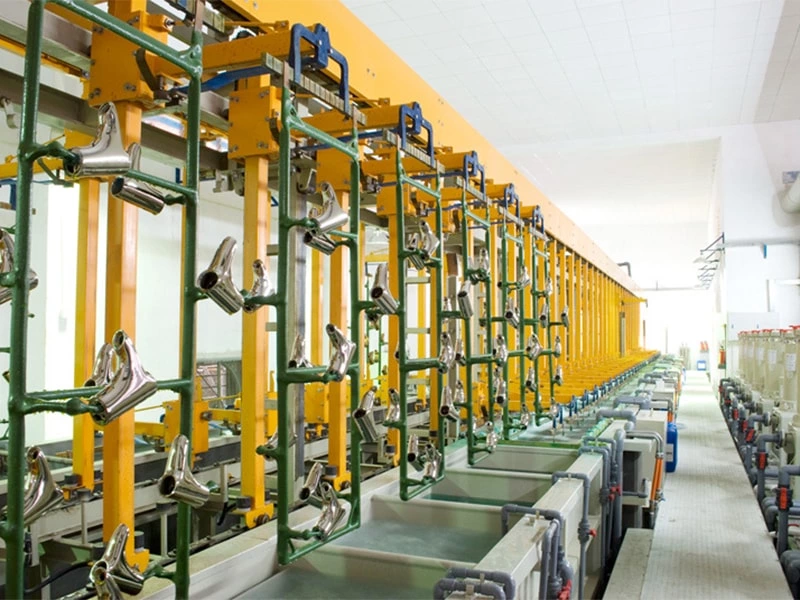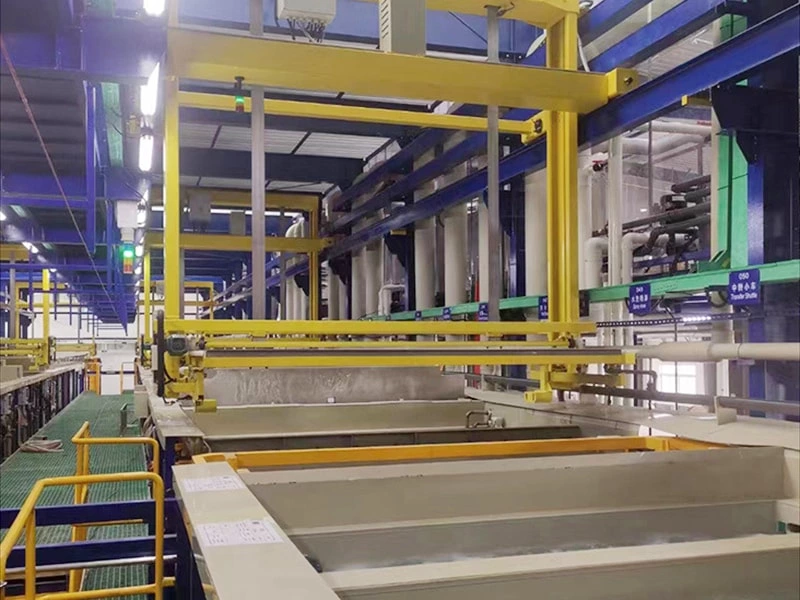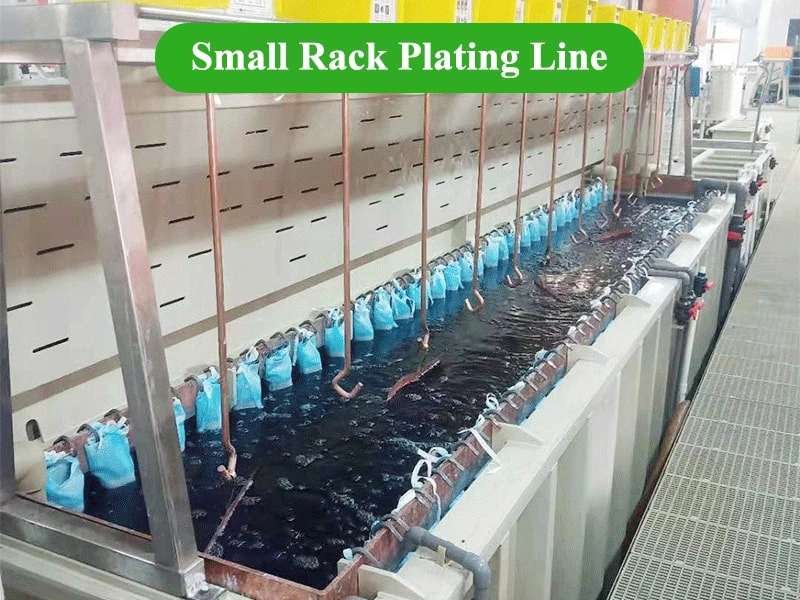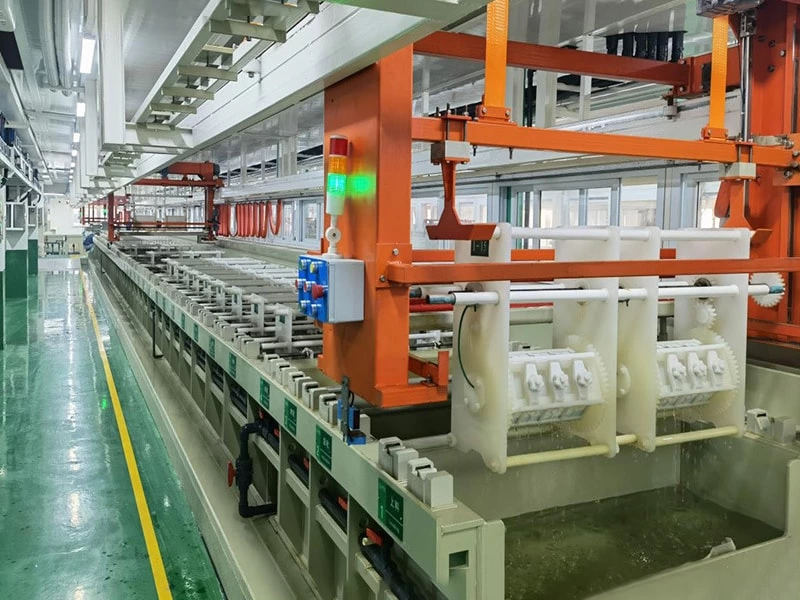Pre-treatment Of The Plastic Surface Electroplating Coating
The purpose of the pre-treatment of the plastic electroplating coating is to improve the adhesion between the plating coating and the plastic surface and to form a conductive metal bottom layer on the plastic surface.
The pre-treatment process mainly includes: mechanical roughening, chemical degreasing, chemical roughening, sensitization treatment, activation treatment, reduction treatment and chemical plating.
Among them, the first three items are to improve the adhesion of the electroplating coating, and the last four items are to form a conductive metal bottom layer.

1. Mechanical roughening and chemical roughening
Mechanical roughening and chemical roughening are to use mechanical methods and chemical methods to make the plastic surface rough, so as to increase the contact area between the electroplating coating and the substrate. It is generally believed that the bonding force that can be achieved by mechanical roughening is only about 10% of that of chemical roughening.
2. Chemical degreasing
The degreasing method of the pre-treatment of the plastic surface electroplating coating is the same as the degreasing method of the pre-treatment of the coating.
3. Sensitization
Sensitization is to make some easily oxidizable substances adsorb on the surface of plastic with certain adsorption capacity, such as tin dichloride and titanium trichloride.
These adsorbed easily oxidizable substances are oxidized during the activation treatment, while the activator is reduced to catalytic crystal nuclei and remains on the surface of the product.
The role of sensitization is to lay the foundation for the subsequent chemical plating metal layer.
4. Activation
Activation is accomplished by treating the sensitized surface with a solution of a catalytically active metal compound.
Its essence is to immerse the product adsorbed with the reducing agent in the aqueous solution of the oxidizing agent containing the noble metal salt.
As an oxidant, noble metal ions are reduced by S2+n, and the reduced noble metal is deposited on the surface of the product in the form of colloidal particles, which has strong catalytic activity.
When such a surface is immersed in an electroless plating solution, these particles act as catalytic centers, speeding up the electroless plating reaction.
5. Restore processing
Before chemical plating, the product after activation treatment and cleaning with water is dipped in a certain concentration of reducing agent solution used in electroless plating to reduce and remove the unwashed activator, which is called reduction treatment.
For electroless copper plating, use formaldehyde solution for reduction treatment, and for electroless nickel plating, use sodium hypophosphite solution for reduction treatment.
6. Chemical plating
The purpose of chemical plating is to generate a layer of conductive metal film on the surface of plastic products to create conditions for plating metal layer on plastic products, so chemical plating is a key step in plastic plating.





